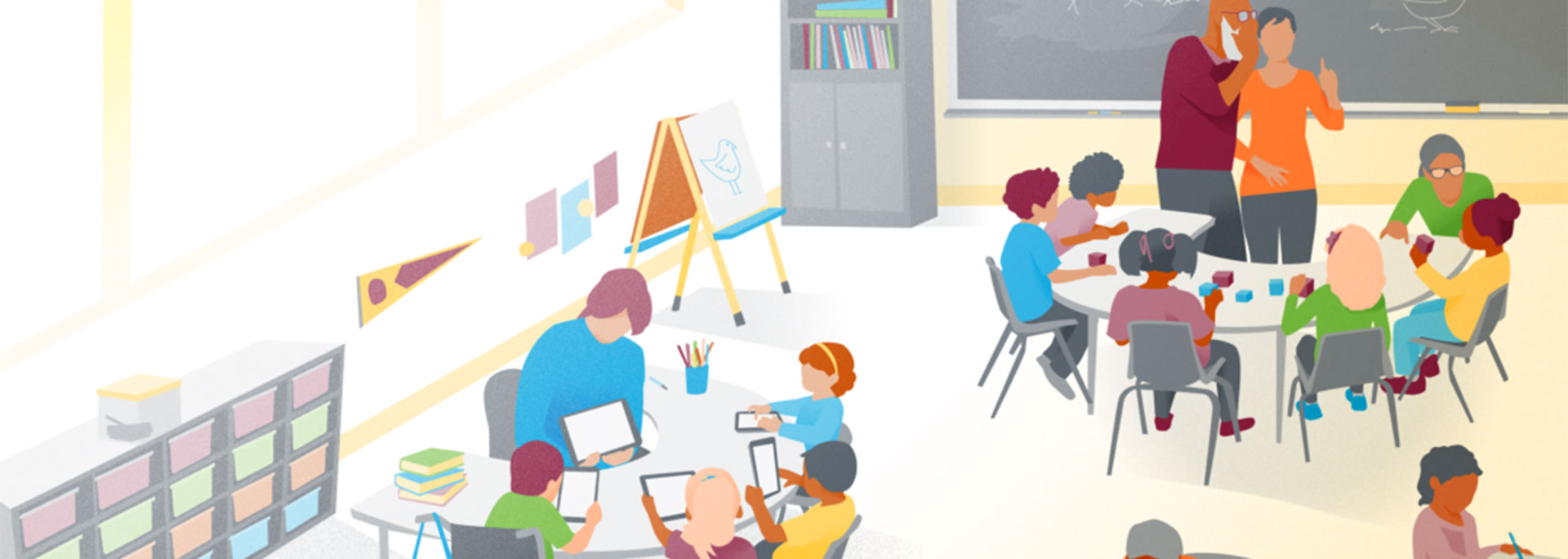
Why:
We must meet the challenge of our times. Our education system does not reliably deliver quality learning experiences for nearly enough people. In fact, it systematically underdelivers for students of color and for students from low-income backgrounds. This challenge is exacerbated by teachers leaving the profession, while others choose not to join the profession. As schools struggle to staff adequately and provide high-quality experiences, consider: What if we don’t have a teacher shortage or preparation problem, but rather, a workforce design problem?What:
A new grant provides direct assistance, coaching and professional learning to California schools interested in exploring and launching team-based models that can provide personalized and deeper learning for students.How:
The Next Education Workforce initiative of Arizona State University’s Mary Lou Fulton College for Teaching and Learning Innovation and Thrive have joined to help your school pilot, design and implement innovative staffing models by launching at least one educator team. Pairing relevant learning with 1:1 coaching increases success and satisfaction when committing to transformational work. Grantees receive support from ASU and Thrive in two ways:- Professional learning: ASU will provide virtual learning cohorts, access to tools and resources, and other professional learning opportunities for system-level leaders, school-level leaders and classroom educators to explore, plan and launch team-based staffing models.
- Local, personalized coaching: Thrive will provide both virtual and on-site personalized support to each school based on their local context.

Why redesign how we staff schools?
- Most early-career teachers are surviving, not thriving
- Delivering deeper and personalized learning for all students is nearly impossible when working alone
- Teaching remains an isolating profession and teachers lack opportunity to collaborate and the autonomy typically given to members of other professions
- On the whole, the educator workforce lacks the rich diversity of the students it serves
How do we create more dynamic staffing models?
One solution will not address all of the challenges listed above. However, we believe that teams of educators can work together to deliver better outcomes for learners and make the job of teaching more rewarding. Across the United States, schools and systems are already building Next Education Workforce team-based strategic staffing models. Explore virtual and in-person opportunities to learn about and experience these school models.
See school models
How can I explore or launch a Next Education Workforce model?
California school and system leaders are invited to submit an application to receive direct assistance, coaching and professional learning from ASU and Thrive.
Who do I contact to learn more?
Please reach out to:
Liam Honigsberg: liam.honigsberg@asu.edu
Nicole Assisi: nassisi@thriveps.org